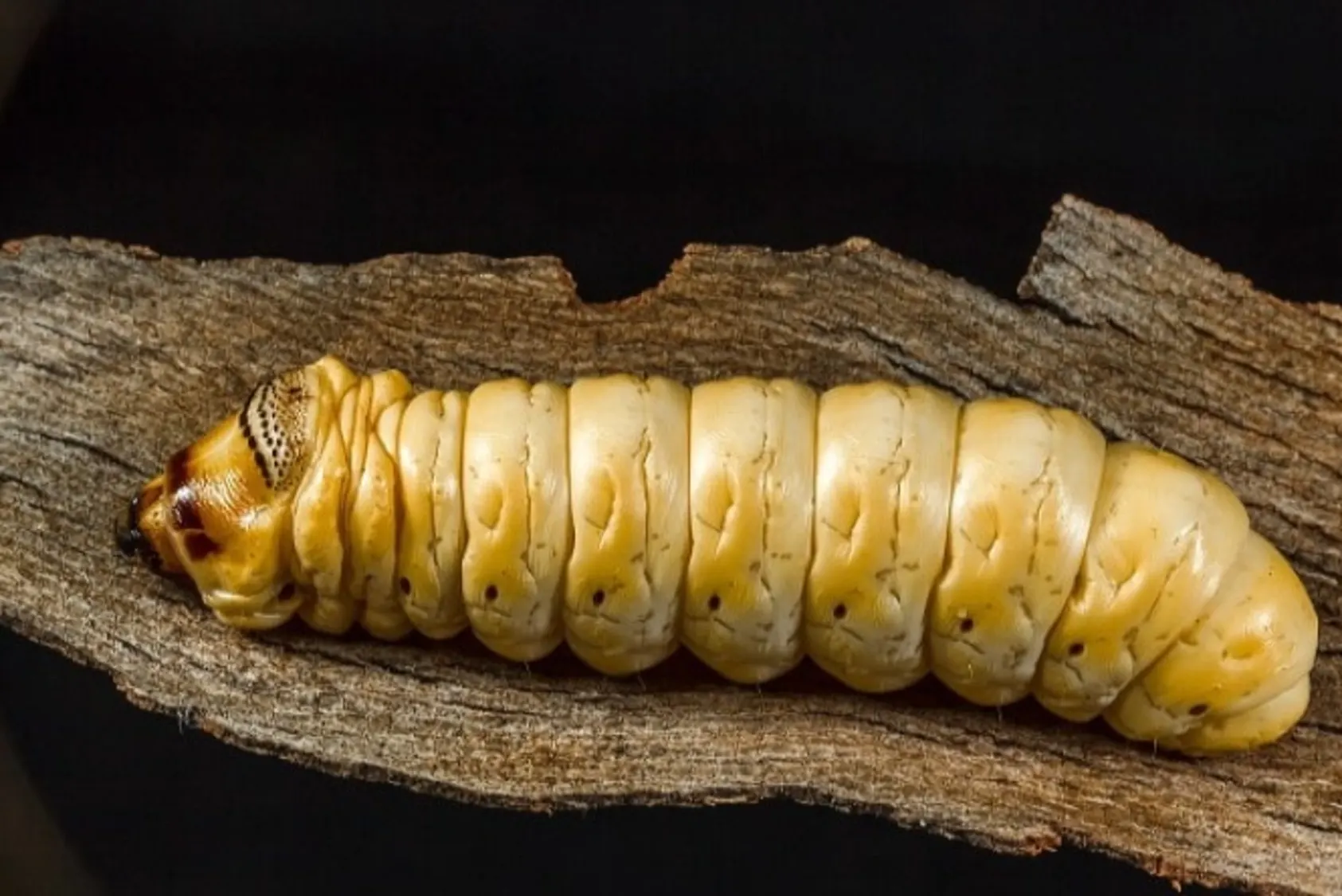
Witchetty Grubs (Bush Tucker)
Traditional Aboriginal bush food, these large white grubs are eaten raw or lightly cooked, rich in protein.
Ingredients
- •Witchetty grubs
- •Optional: cooking fat
Instructions
Clean
Clean the grubs if necessary
Prepare
Can be eaten raw or cooked
Cook
If cooking, lightly cook until golden
Witchetty grubs, known as 'witjuti' grubs by Aboriginal Australians, are large, white, wood-eating larvae that have been a traditional bush food source for Indigenous Australians for thousands of years. These protein-rich grubs are found in the roots of certain Acacia species across central Australia and have been a vital food source in Aboriginal culture.
Traditionally, Aboriginal women would locate these grubs by identifying specific Acacia trees and carefully digging around their roots. The knowledge of finding witchetty grubs has been passed down through generations, with experienced gatherers able to identify promising locations based on subtle signs in the landscape.
When it comes to eating witchetty grubs, they can be consumed either raw or lightly cooked. When eaten raw, they're said to have a taste similar to almonds with a creamy, nutty texture. When lightly cooked over hot coals or in hot ashes, the skin becomes crispy while the inside remains soft, taking on a flavor that some describe as being similar to scrambled eggs with a subtle nutty undertone.
In modern Australian bush tucker experiences, witchetty grubs are sometimes incorporated into contemporary dishes. Some adventurous chefs have experimented with using them in stir-fries or even as garnishes for high-end dishes, though this is far from their traditional consumption method. However, most people who try them do so in their simple, traditional form as part of cultural education or bush tucker tours.
From a nutritional standpoint, witchetty grubs are incredibly nutritious. They're rich in protein (about 15-20% by weight) and are a good source of healthy fats, particularly omega-9 fatty acids. They also contain significant amounts of iron, zinc, and essential vitamins. A single grub can provide up to 170 calories of energy, making them an excellent survival food.
While witchetty grubs might seem challenging for those not used to eating insects, they represent an important part of Australia's indigenous food culture and are increasingly recognized as a sustainable protein source. However, it's important to note that they should only be harvested with proper knowledge and respect for traditional practices, and ideally under the guidance of Indigenous experts who can ensure sustainable collection methods.
